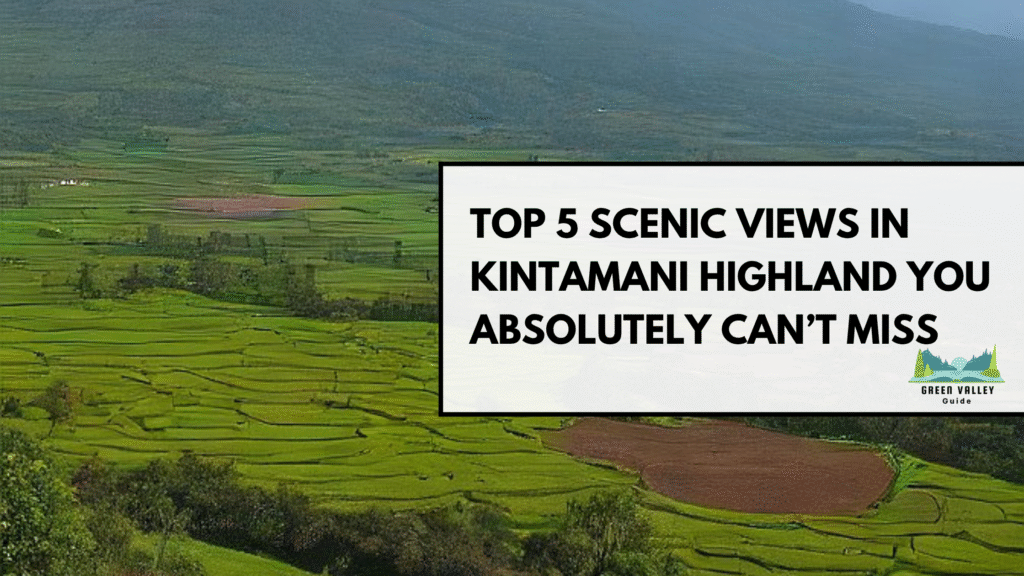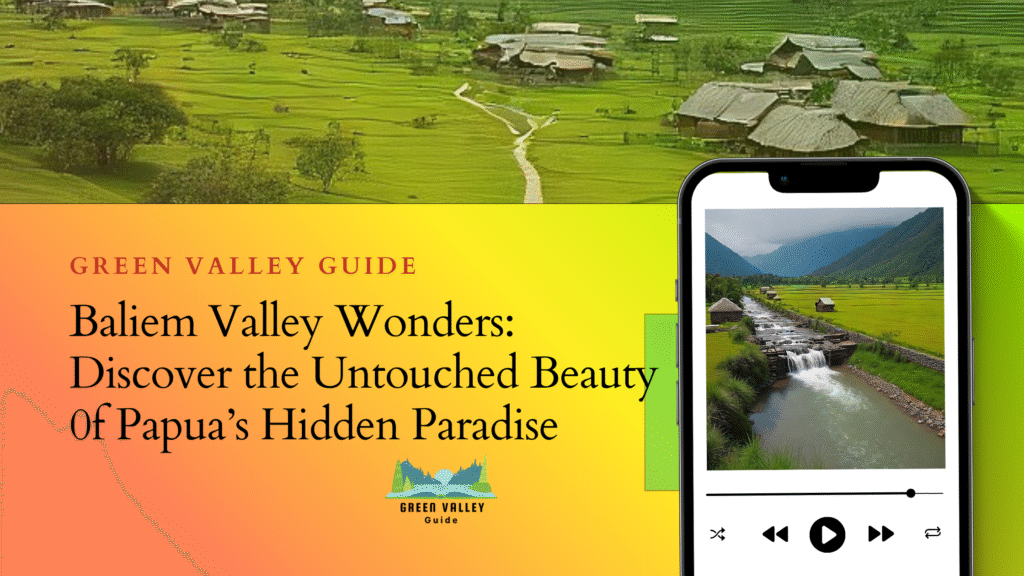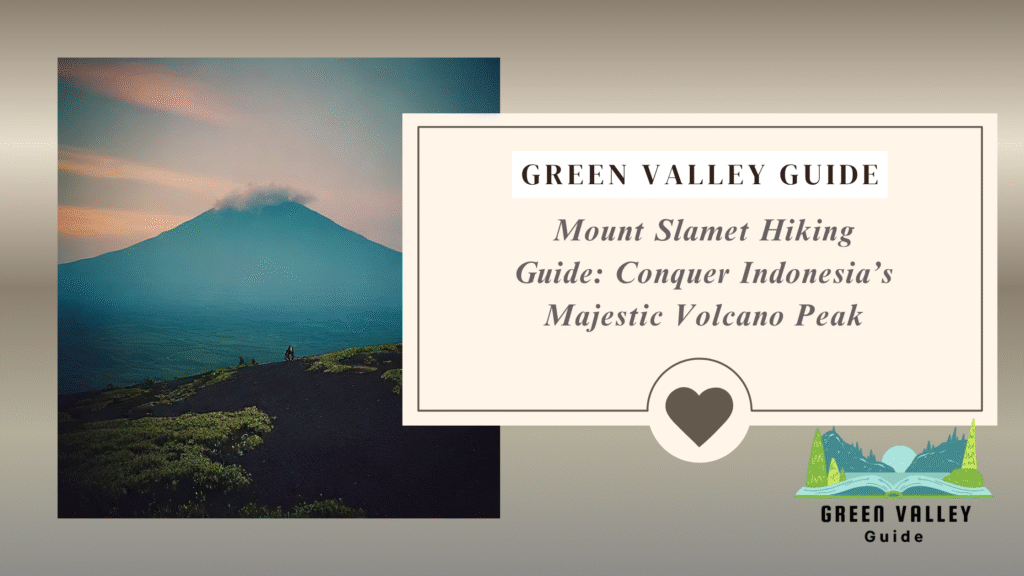Table of Contents
Introduction: Why Mount Agung Is Bali’s Most Iconic Peak
Just up to the skies of Bali is the mountain which towers on the eastern side of the island, with a height of 3,031 meters (9,944 feet) above sea level, and is believed to be the most significant volcano in the entire island of Bali, which is Mount Agung. As the regency of Karangasem is located in this impressive stratovolcano, this mountain is not only a scenery of nature, but of a spiritually inspired image of Balinese civilization.

According to the Balinese, the mountain has been assumed to be a residence of the gods and the place where much of the island’s centre of the universe is. It is sacred beyond words to the local residents, especially since it is the location of Pura Besakih, the most pious collection of shrines in Bali, which is built on the southwestern slopes. In the manner of rituals, ceremonies, and daily living, Balinese Hindus value their lives according to the location of the mountain.
But not only is Mount Agung a holy place, but it is also among the places on the agenda of all trekkers, photographers, and those who have the urge to explore. The arduous journey to the summit is a life-altering moment of enjoying the sunrise over Bali and the other islands along its path, with fantastic scenery stretching to Mount Rinjani in Lombok on a clear morning.
Whatever it is that gets you interested in it (its religious character, volcanic topography, or the drive to experience the high-altitude extreme hiking), Mount Agung is a powerful and great impression that is nature- and culture-specific, and at the same time, includes pure adventure.
Where Is Mount Agung? Bali’s Towering Spiritual Heart
Mt Agung is located in the East of Bali, Regency of Karangasem. This is the tallest point of the island, and it looms above the rest of the terrain, and it is visible in most parts of the island on a bright day. It has a massive form that is picturesquely dotted down the lowlands and the coastal areas.
Geographically, the Agung is a constituent of what is called the Pacific Ring of Fire, which has also caused Bali to possess volcanic land. It is close to the villages like Selat, Rendang, and Besaki, and it takes only an hour’s drive to tourist enclaves like Ubud and Candidasa.
Mount Agung is also the most sacred Mountain in terms of religious beliefs by the Balinese Hindu followers. It has been referred to as the navel of the spiritual world of the island, which can be compared with Mount Meru, the mythical center of the world. It reaches its peak with the most iconic and the largest temple complex of Bali, or the so-called Mother Temple, Pura Besakih. This turns Agung into not only a geographical giant but also a spiritual cornerstone of the Balinese.
The Cultural Significance of Mount Agung
Mount Agung is not just a volcano to the people of Baliit is a God. The gods are thought to be in a superior location as per the local traditions, and most of the action in the religious life is centered on the mountain. It dictates cardinal directions, location of temples, and orientation of homes and altars.
Enormous pilgrimages are also held during the year, especially in Pura Besakih, and they climb the mountains to perform the prayers. Galungan and Kuningan are huge Bali Hindu festivals, closely related to the spiritual power of the Agung.
It is no exception that, as a traveller or a trekker, local norms of behavior should be taken into account:
- Unless, climbing is never undertaken in religious sessions.
- Do not format in a revealing manner or talk in loud tones.
- No, to be over temple priests, and offerings.
This knowledge of cultural respect will not only enhance your experience, but it will also ensure that you walk brimming with the respect that this holy area needs and requires of you.
Best Time to Climb Mount Agung: Seasons, Weather & Festivals
The dry season is considered to be the best time of climbing Mount Agung, and this time is from April to October. It will also be observed that weather will be a little stable, trails do not become so slippery and the likelihood of panoramic views of the landscape given that the peak is much greater during these months.
Most of the hikers tend to hike at night and ascend to the top in order to experience the event of the dawn. The trek early in the morning furnishes trekkers with amazing scenery, sometimes one can even have the opportunity of having a glimpse of Mount Rinjani in Lombok within its horizon.
Important tips:
- Nov, March are the rainy season (slippery and unpredictable storms).
- Before you have any intention of trekking, always make sure that you visit the volcano to assess its state, since it may have become active. Agung is a live volcano, and the entrance to it might well be denied thanks to some eruptions once every few years.
- It is better to keep off climbing during the large festivals unless you go to them in due respect and with a chaperone.
Top Hiking Routes Up Mount Agung: Choose Your Path
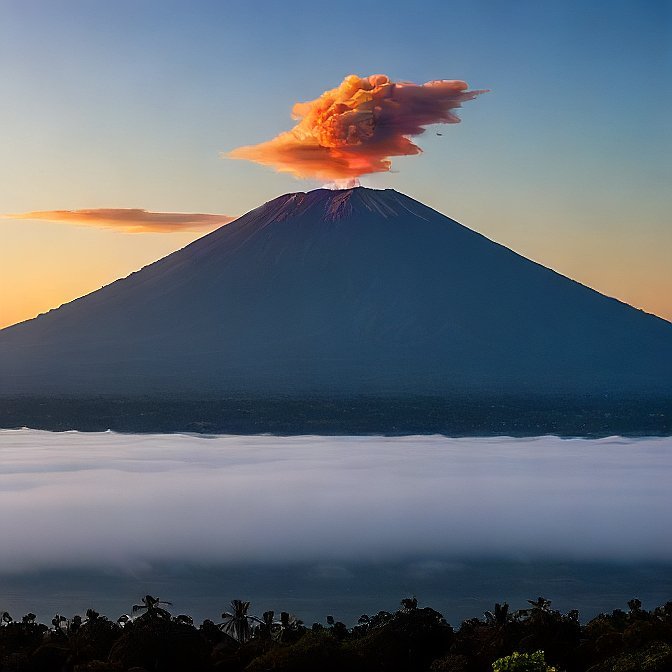
The hiking up Mount Agung will have two main routes, and both of them are at different levels of challenge and viewpoint:
Besakih Route
- Trailhead: Pura Besakih (Mother Temple)
- Duration: 6–8 hours up, 5–6 hours down
- Altitude: 3031m (Full summits)
- Experience: It is the hardest and the longest, yet the most rewarding one. Trekkers also get through sacred lands, steep forest treks to trek, and volcanic ridges to get to the real summit, where spirituality and nature meet.
Pasar Agung RoutTrailheadad: Pura Pasar Agung (South slope)
- Hours: 3-4 hours to the up, 2-3 back down
- Altitude: Halts approximate to the rim of the crater (~2,800m)
- Experience: Smaller and less aggressive, suitable for beginners or time-limited agents. It does not get to the very top, but this still gives spectacular views of the sunrise.
Comparison Summary:
| Route | Difficulty | View | Summit Access |
| Besakih | Hard | Panoramic, True Summit | Yes |
| Pasar Agung | Moderate | Crater Rim | No |
Both routes need permits and local guides. Make sure to visit a reliable agency or a local guide service to avoid threats to life and cultural shock.
Check Out: Yarra Valley Wonders: Discover Australia’s Most Scenic Escape.
What to Expect on the Trail: Terrain, Altitude & Hazards
Climbing Mt. Agung is not a simple stroll in the park; it involves heavy physical fitness, self-will will and the right preparations.
The gain of the elevation relates to your route of choice:
- Besakih Route: ~1,700 meters vert. idea
- Pasar Agung Route: ~1,100 meters elevation gain
Expect the trek to last between 6 to 12 hours round-trip, depending on the route and your pace.
You will go through a few terrain areas:
- Forest in lower elevations
- Volcanic rock and scree of intermediate altitude
- Bare, denuded upper slopes higher up
Key challenges include:
- Hiking on rough terrain and slippery surfaces
- The thinness of the air the nearer you reach the top
- Morning coldwoods
- Exhaustion of the midnight begins
Do not be caught by surprise by weather changes, dehydration, or the effects of the altitude. This is really a mountain hike, not an ordinary stroll.
Mount Agung Sunrise Hike: A Bucket List Experience
Hiking Mount Agung to see the sunrise is one of the most memorable things about Bali. The majority of the treks commence at around 11 PM to 2 AM so that the hiker is on top by the time the sun is about to rise.
When the sun comes up, you will have seen a wonderful panorama:
- A flaming sky above the Bali Sea
- Mount Rinjani looms in the distance over the Lombok Island
- Smoke spirals beneath you when the light comes across the crater
Photo Tips:
- Carry a head lamp (headlamp- night hiking is essential)
- Pre-dawn shots must be taken using a tripod or a solid grip
- Wear layers–temperatures may fall below 5 0 C (41 0 F)
- Bring a phone power bank in case it is necessary to shoot videos or GPS locating
You do not need to be a photographer; this will remain in your memory (even though you are not a photographer).
Do You Need a Guide to Climb Mount Agung?
Yes, a guide is required on every Mount Agung peak, and with a good reason.
Here’s why:
- Safety: Mount Agung is steep, badly located, and has quickly changing weather. Guides are equipped with mountain security and the terrain.
- Navigation: Along the way, trails are confusing when there is no light, particularly around the summit.
- Cultural sensitivity: Guides train climbers on how to treat places that are holy, such as Pura Besakih and Pura Pasar Agung.
Average costs for a guide:
- Average Costs normally fall between 500,000 to 1,000,000 Indonesian rupiahs (~30-65 USD)
- Tours by a group can save per head expenses
- The packages can be inclusive of permits, transportation, water, and snacks
Make a reservation with licensed operators or with the inhabitants in Selat or Besakih villages directly to have an original experience.
What to Pack for a Safe and Successful Mount Agung Trek
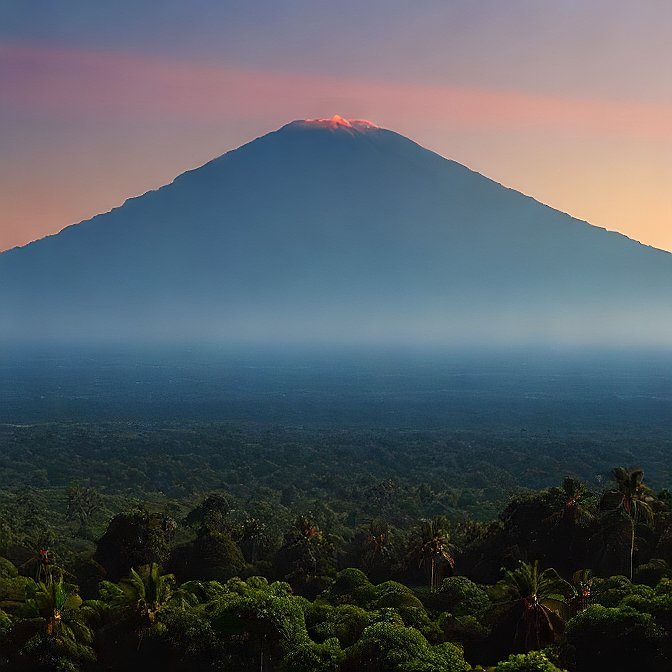
The solution to a successful trip to the top of Mount Agung without complications is to pack intelligently.
Must-bring items:
- Layering: layer upon layer of clothes, base layer, insulating jacket, windbreaker
- Headlamp: a bright LED with additional batteries
- Durable hiking shoe: has grip and ankle support
- Gloves and hat: it is cold on top, more so before the sun comes up
- Water (1.5-2L) and high-energy snacks (nuts and bananas, chocolate),
- Trekking poles: useful to keep you on track on the way down
- Permit and ID: required points of entry
- Rain poncho: not necessary but prudent in the shoulder seasons
- Small backpack: 20 to 30L will do the day hike
Pro tip: KISS (keep it simple, stupid) – don’t bring more than you need, as every extra kilo will be felt at 3,000 meters!
Conclusion: Mount Agung—Where Adventure Meets the Divine
Mount Agung is not just another volcano of the highest occurrence in Bali, but a thought-blowing outing of coarse nature, cultural understanding, and sunray-engravings. Being a more spiritual adventure seeker or experienced hiker, you are bound to see much more than a sunrise during the ascent of Mount Agung, but an experience of a lifetime that will take you right into the heart of Bali.
Prepare yourself, learn the cultural value of the mountain, and have fun doing it. Your trek on Mount Agung will take your breath away in the most pleasant manner possible.
For more info: Click Here.
FAQs About Hiking Mount Agung
Q1: Is the hike to Mount Agung difficult?
The hike is challenging and tough and especially along the Besakih Route. It has high altitude, bumpy volcano soil, and people who come in the morning- it is accommodating to a hiker who is an expert or a person embarking on their first hike, but is physically fit to explore and brings a guide with them.
Q2: Can I climb Mount Agung at the current time?
The volcano of Mount Agung can be considered quite an active volcano; that is why it is always better to be sure about the current state of affairs with the volcano before behaving in the direction of making an attempt to hike it with the consent of the local authority or PVMBG (Indonesian Geological Agency).
Q3: Is there any chance to climb Mount Agung without a guide?
No, because of reasons of safety, as well as culture, guides are required by the law. They aid in navigation, provide assistance in times of emergency, and establish the proper behavior towards spiritual places.


